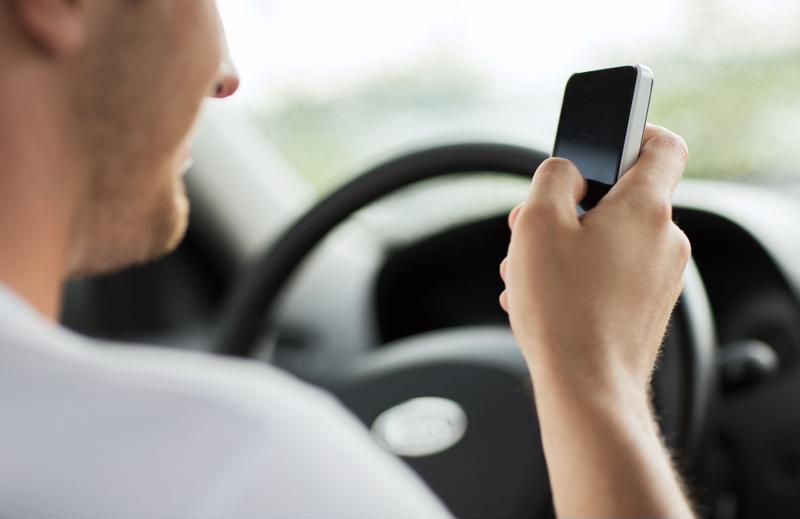It's one thing to enjoy deer hunting with a bow or rifle. What you don't want to do is hit one with your car or truck.
Odds of hitting a deer vary state by state
New data from State Farm paints a nationwide picture of where dangerous deer strikes are most common. The odds of colliding with a deer stayed about the same in 2015 as the previous year, averaging 1 in 169 nationwide. No matter where you live, that rate doubles in October, November and December as bucks and does cross the countryside (and, increasingly, city streets) looking for love.
But which state you live in does matter a great deal. Some states have relatively very few deer for their human population, like California or most of Florida. States in the South and Midwest tend to have the higher odds of these often-devastating crashes. The state where drivers are most likely to collide with a deer, elk or moose is West Virginia, followed by Montana and Iowa. If you travel in the Mountain State, be prepared for the 1 in 44 chance you'll cross paths with a bounding deer.
 Cute, but potentially deadly.
Cute, but potentially deadly.
Keep headlights, brakes in good repair
Smart drivers know to keep their vehicles in top condition all year, but if you live where deer are a special hazard, there are steps you can take.
Headlights can make a big difference in spotting a doe as she makes a run out of the woods into your path. All but the most expensive head lamps degrade over time, so check to see if they're still lighting your way well enough. Over the years, the plastic or glass encasing the lamp can also become discolored or dirty. Auto repair shops have special methods they can use to bring new life to even the most clouded headlights.
Let's hope you don't have to stomp on the brakes to avoid hitting a deer, but if you do, you'll want your disks and rotors in top shape.
Cars and trucks collide with all sorts of animals, of course, but deer strikes are by far the most commonly reported ones. The toll in life - human and animal - can be hard to believe. Nationwide, a full 5 percent of auto wrecks involve animals, according to a 2008 study cited by wildlife advocates in a New York Times column. Just counting collisions with deer, elk and moose, State Farm estimated almost 1.3 million claims were filed between June 2014 and July 2015.
Deer collisions cost $3.8 billion when you count up all the money and resources they take up: vehicle repair, hospital bills and police officers' time, to name a few.
Texas, Wisconsin see most human deaths from animal strikes
Let's take a look at the costs just to drivers. Running into an animal or having one run into your vehicle costs an average of $2,730, according to Insurance Institute for Highway Safety figures since 2001. Deer strikes cost even more: the average claim hit $4,135 in 2015. That's 6 percent more than in 2014.
It isn't always the animal who dies, either. From 2004 to 2013, country-wide, 2,002 people died as a result of colliding with an animal. Texas and Wisconsin suffered to most human deaths over that period, at 180 and 121 deaths respectively.
 Always a bad idea, but especially so at dawn and dusk when deer are most active.
Always a bad idea, but especially so at dawn and dusk when deer are most active.
How to avoid deer
While no driver can reduce his or her chances of hitting a deer to zero - even urban drivers hit them sometimes - there are steps one can take.
For instance, don't become blind to "deer crossing" signs just because you pass the same ones every day on your commute. Wildlife officials put them at areas known to be frequented by the animals. And they're not just in the country, though most animal strikes do take place on less-frequently traveled two-lane roads. Syracuse, New York, to cite just one city, has more than two dozen deer crossings.
Common-sense precautions that help for any driving situation also help reaction time when deer appear. So don't text or eat while driving, especially during the dawn and dusk hours when deer are most active.
Finally, if it's too late to avoid a collision, experts highly recommend not swerving. That's because it's often impacts with trees or oncoming cars - not the precipitating deer strike - that deal out the most bodily and vehicular damage.